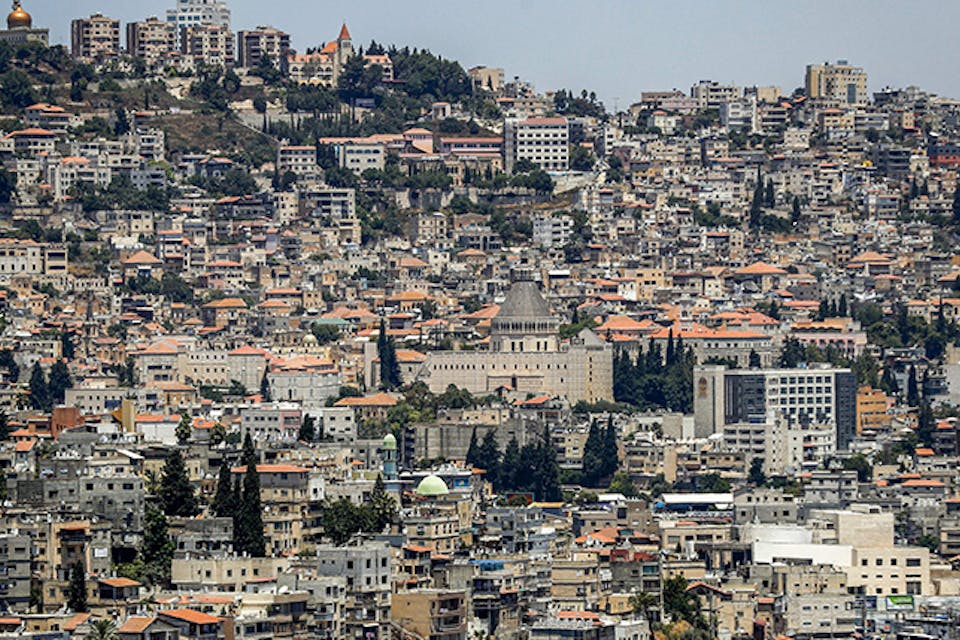
December 23, 2020
What’s Waiting at the Holocaust Museum of Nazareth
“When Arabs hear the word ‘Shoah,’” Khalid tells me, “they black out. It’s almost like a paralysis. They don’t want to hear another word about it. But they—we—need to.”
As the village where Jesus grew up, Nazareth is a pilgrimage site for Christians around the world. But you need not be a Christian to come admire the Church of the Annunciation there. In fact, it is a Druze lawyer who, on the first day of Hanukkah several years ago, has brought this Jewish professor to that sacerdotal site, where the angel Gabriel is said to have provided an unsuspecting Mary a prophetic heads-up on her impending pregnancy and divine progeny.
Today, there are two Nazareths. Both are in Israel. One is the old city where Christian and Muslim Arabs dwell in uneasy competition over their demographic weights and the height of their respective houses of worship. The other (“Upper Nazareth”) is where the Jews live.
My companion’s name is Talea. As a religious Druze, he is dressed all in black; but as a modern-style religious Druze, Talea covers his head neither with fez nor tarboosh. Rather, he sports a black baseball cap. He relishes recounting to me the time when a Jewish judge dressed him down for not removing the cap in court. As a Druze, Talea’s mother tongue is Arabic. In recounting that courtroom yarn, however, he affects the most formal of Hebrew registers that he has: